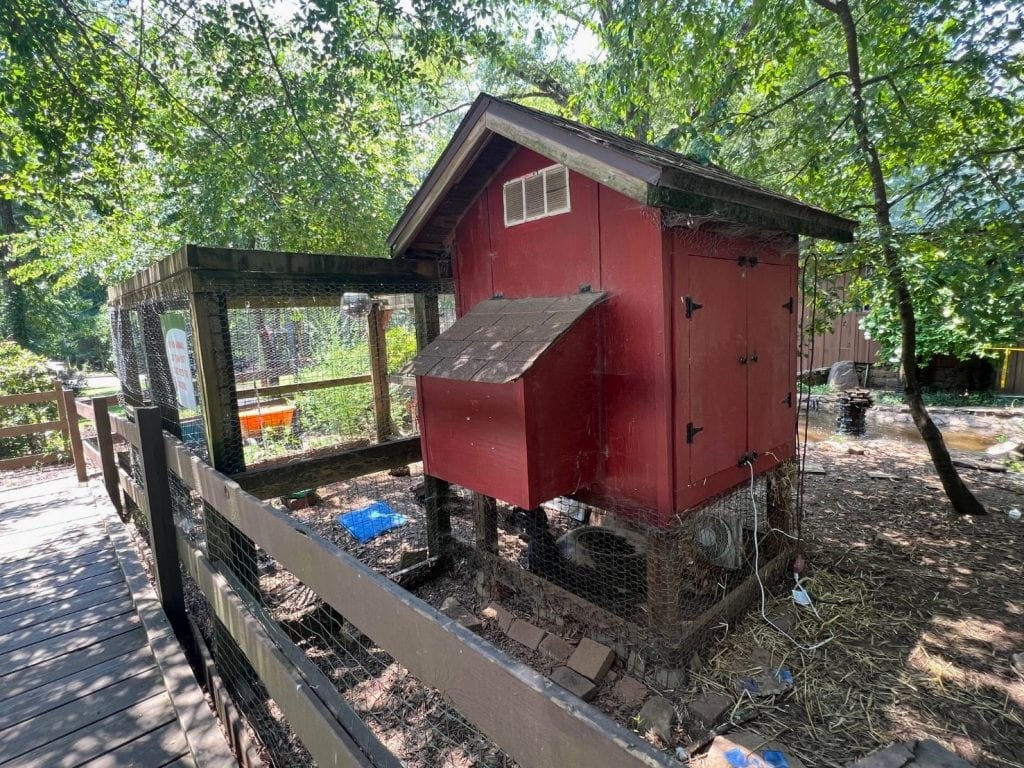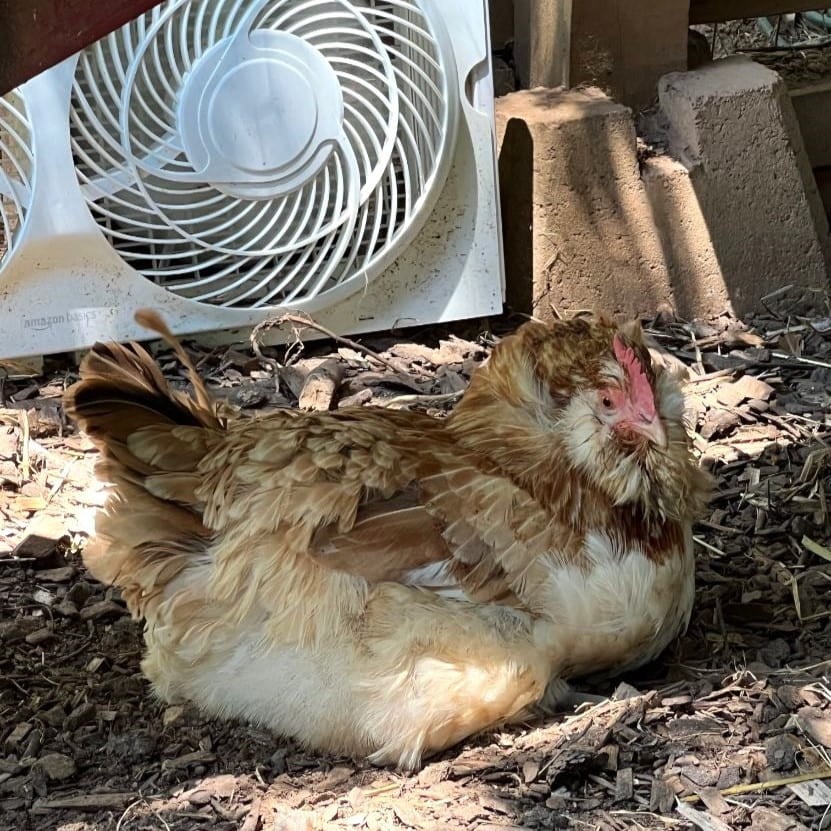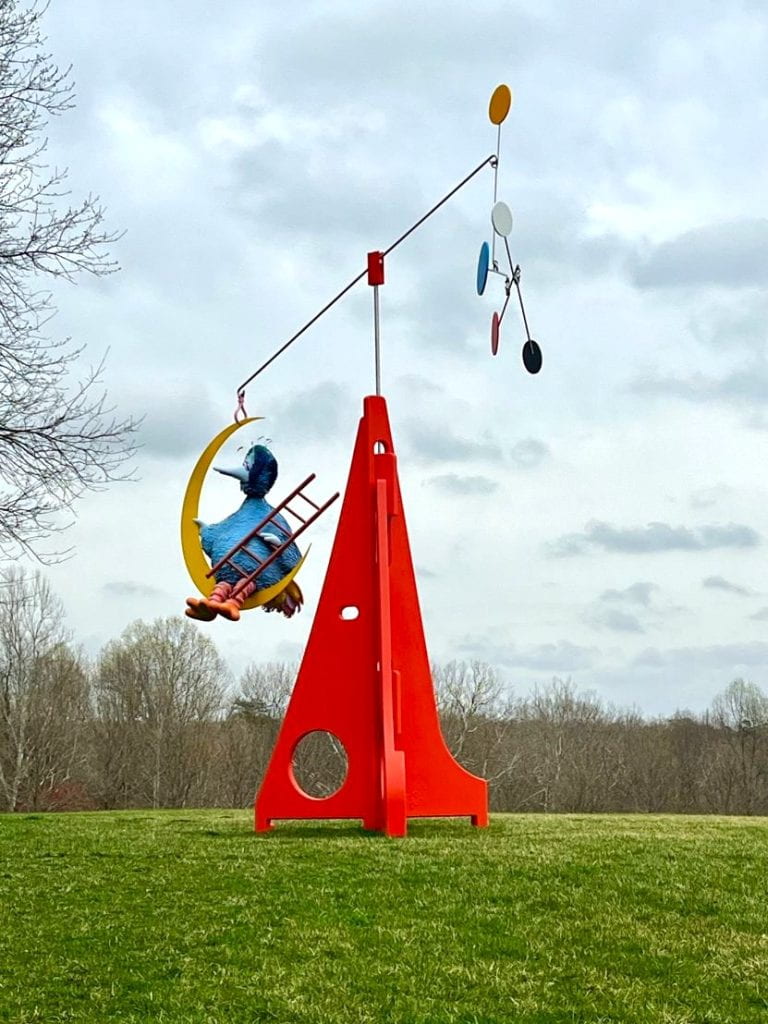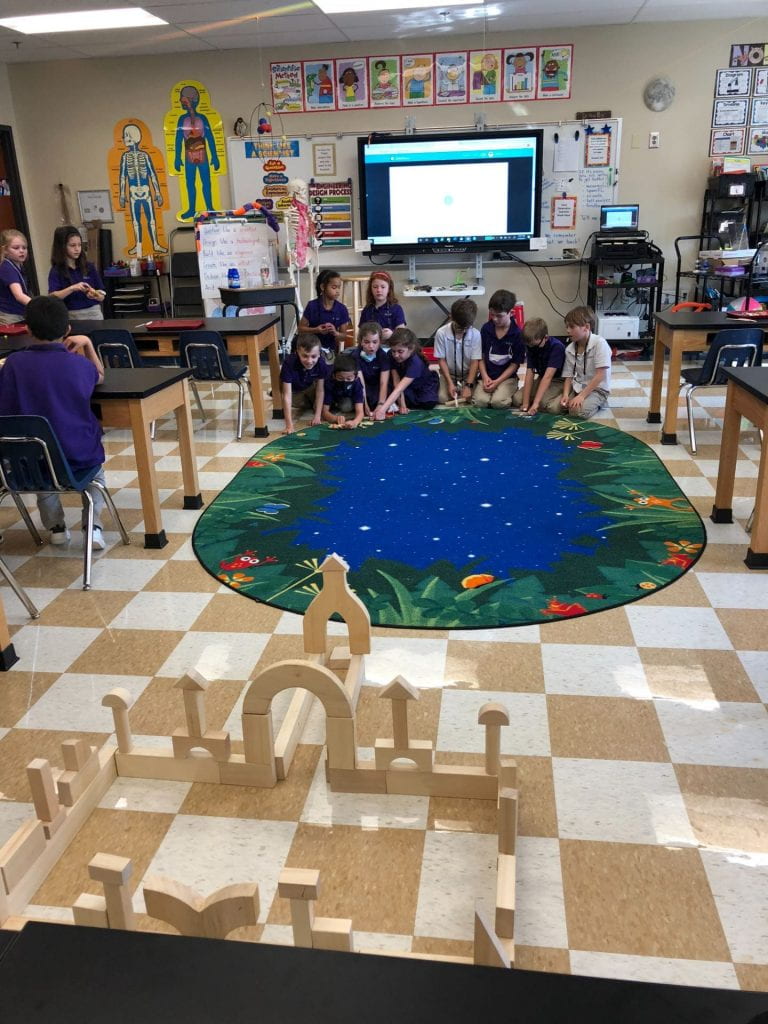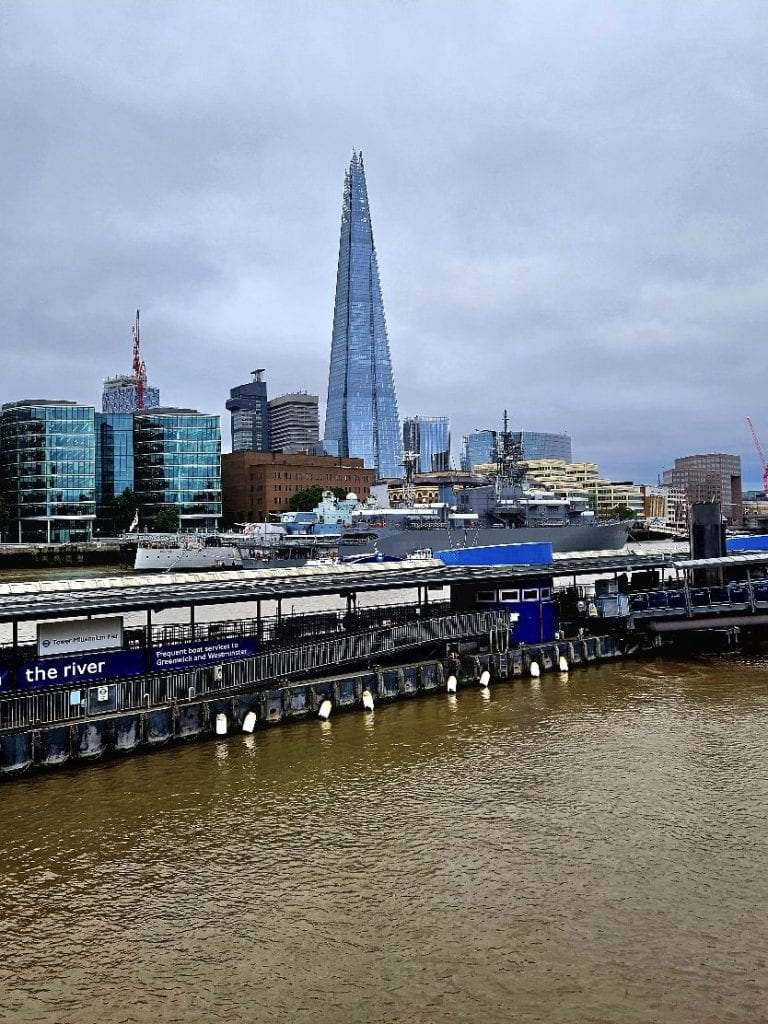Chicken Coops
It has become fashionable to raise chickens, even in suburban areas. Chicken coops have received an upgrade from those traditionally found on family farms.
STEM (science, technology, engineering, and math) activities were always a favorite in my classroom. Let’s task students with designing a chicken coop with emphasis on the design phase of the Engineer Design Process (Define the Problem, Imagine the Possibilities, Plan, Create, Improve).
To integrate science, research the needs of chickens and how to protect them from predators. Analyze chicken coop structures using technology. Draw designs on grid paper and note measurements to apply math skills. Older students could also be given a budget. Visit a chicken coop in your community or ask someone who raises chickens to share his or her experiences with your class. If time allows, create a model of the design with recycled materials, such as boxes, plastic lids, and paper towel tubes.
Use the following video for discussion and inspiration. Do you see similar elements in the designs? Which provide the best habitat for chickens to thrive? Why are some on wheels?
Watch full screen here.
This coop is at a nature center not far from my home. It is hot in Atlanta and when I visited, the chickens were resting near the fans.
Related Posts


